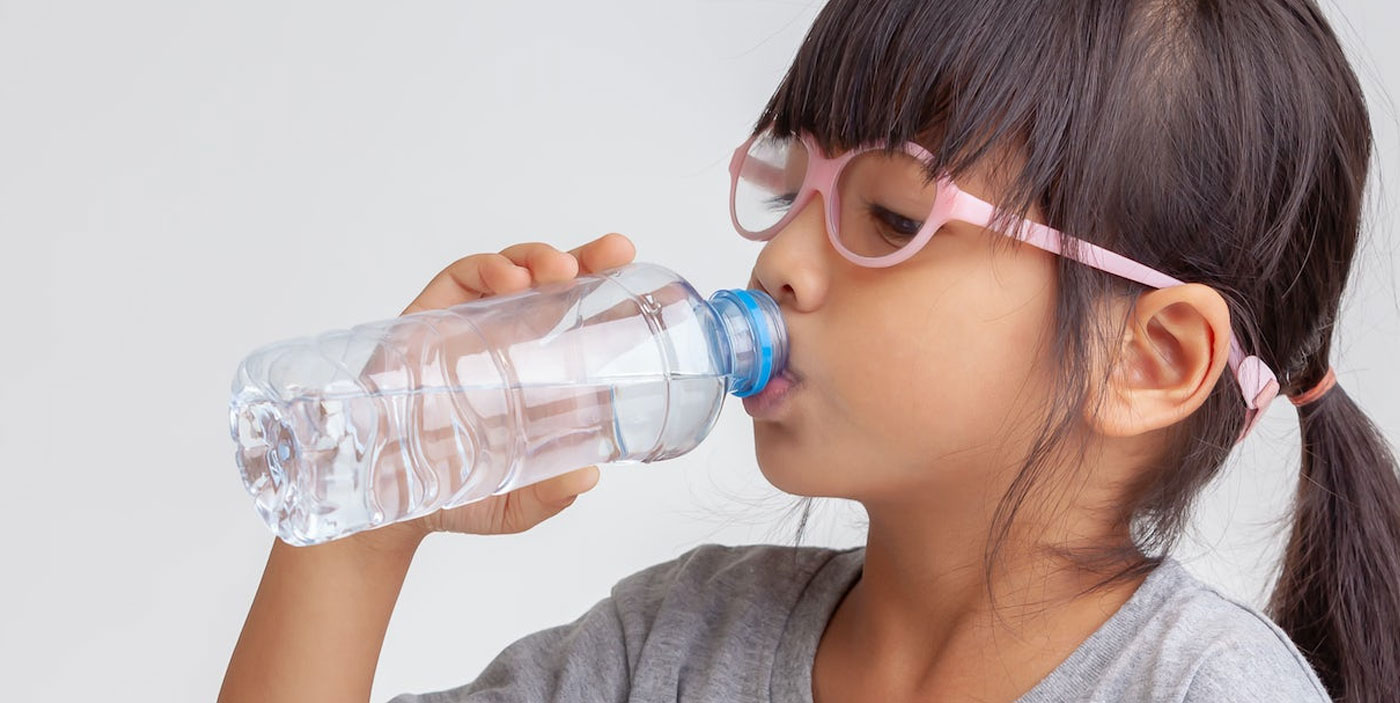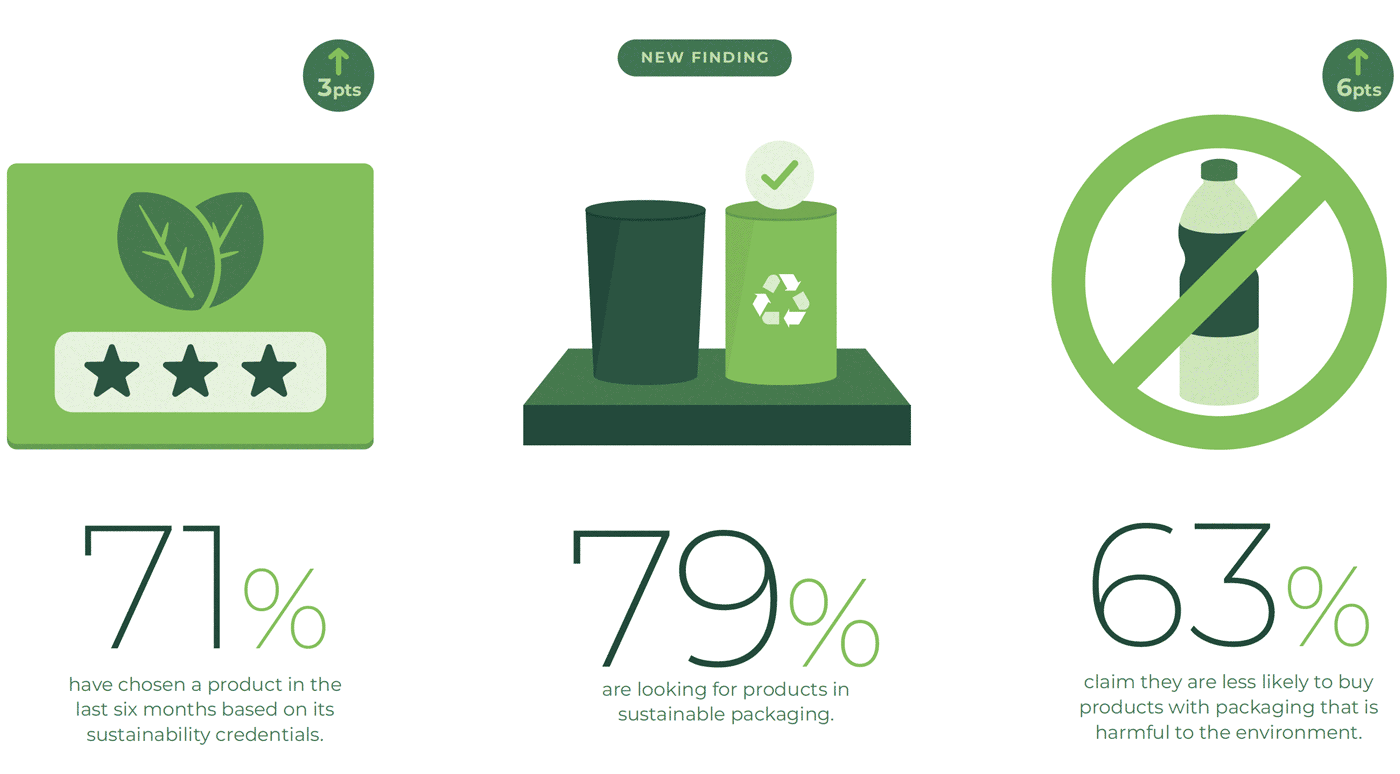Part 4: The Truth about Plastic Packaging and Human Health
This is the fourth post in our series: Sustainable Packaging Transformations℠.
It’s happening.
Plastic food packaging is a public health issue.
By now, you’ve probably heard the news – researchers at the National Institutes for Health found that, on average, a liter of bottled water included about 240,000 tiny pieces of plastic, ninety percent (90%) of which were nano plastics. Unable to be seen with the naked eye, and small enough to enter the body’s bloodstream, cells, organs, and tissues (including our brains), nano-plastics are primarily made of plasticizers.
Americans purchase around 50 billion water bottles every year – 151 per person.
Plasticizers make plastic more flexible, durable, transparent, etc., and most contain phthalates and bisphenols like BPA. Called endocrine disruptors – these chemicals mimic and confuse hormone signaling in humans – which is linked to a long list of health concerns: breast and prostate cancer, heart disease and diabetes, infertility, and cognitive developmental disorders, especially in children.

Consumer Reports recently tested a wide range of popular fast foods and supermarket staples for bisphenols and phthalates to see how much of these chemicals Americans consume. The answer? A lot. They found plasticizers remain widespread in our food supply and can easily leach into other material (aka our food).
Consumer demand – and backlash – is coming.
Why, as a packaging and innovation design agency, do we share all the detail above? Consumers are realizing they are passively exposed and ingesting nano particles without even knowing it and the potential long-term health implication are scary.
As designers and marketers, the incoming tidal wave of consumer awareness and demand for safer food packaging (i.e. without plastics) is coming. And it’s time to start transforming packaging on your own before regulatory or competitors beat you to it. We are not saying this is easy, it’s necessary…and can be good for business.

The 2023 Buying Green Report showed despite consumer prices rising substantially due to global inflation, 82% of respondents overall would be willing to pay more for sustainable packaging, up four points from 2022, and eight points since 2021, signaling that even with a worsening economic situation, the environment remains a consumer priority. Younger consumers (18–24 year-olds) are even more willing, leading at 90%.
It’s time to future proof your brand.
Plastic has been perceived as a miracle material and a benign presence in our lives…until now. What this ubiquitous substance could do to our health, the environment, and the planet is now reaching mainstream consumer awareness. How we got “here” is not as important now as how we are going to “get there” – a plastic free future.
We must imagine a better way and design it.
At domo domo, plastic packaging is a design problem…we know how to solve.
Stay tuned for our next installment of Sustainable Packaging Transformations℠.
